The barrier ring on the side fans has been slimmed down to allow for more lateral intake and to provide better airflow through the cooling array. The center fan's extra blades and full-height ring provide boosted static pressure to blast air directly onto the GPU heat spreader. A wide backplate vent and shortened PCB allow hot air to escape towards chassis exhaust fans instead of being recycled back into the cooler. A GPU bracket provides extra stability to the critical connection between die and heat spreader.
The I/O bracket is made from stainless steel to protect ports and provide a more secure mount. A conveniently placed Dual Bios switch allows quick selection between "performance" and "quiet" mode for basic customisation of the card's default behavior without software. A wide backplate vent and shortened PCB allows hot air to escape towards chassis exhaust fans instead of being recycled by the GPU's circulating cooler design.
A conveniently placed Dual Bios switch allows quick selection between "performance" and "quiet" mode for basic customization of the card's default behavior without software. A wide backplate vent and shortened PCB allows hot air to escape towards chassis exhaust fans instead of being recycled by the GPU's circulating cooler design. A conveniently placed Dual Bios switch allows quick selection between "performance" and "quiet" mode for basic customization of the card's default behavior without software. The center fan's extra blades and full-height ring provide boosted static pressure to blast air directly onto the GPU heat spreader. The center fan's extra blades and full-height ring provide boosted static pressure to blast air directly onto the heat spreader. Now with support for up to 8K resolution, the new generation cores deliver a massive boost in game performance and all-new AI capabilities.
The GeForce RTX graphics card deliver advanced DX12 features like variable rate shading, bringing games to life with ultra-realistic visual effects and faster frame rates. From top to bottom, the ROG Strix GeForce RTX™ 3070 Ti has been radically improved to accommodate the impressive new NVIDIA Ampere architecture and to deliver the next wave of gaming performance innovation to the market. A fresh design and more metal surrounds a grouping of Axial-tech fans.
Last gen's uniform fan layout has been usurped by a new rotation scheme and specialized roles for central and auxiliary fans. Below the blades, a larger, more impressive heatsink is ready for the most demanding thermal loads. The PCB has some new tricks up its sleeves, and even the backplate has received some performance-boosting changes. You've been waiting for the latest and greatest in graphics card design - and this is it. The ASUS ROG RTX 3080 Ti OC Graphics Card brings the power of real-time ray tracing and AI to your PC games. The Ampere architecture features 2nd Gen RT Cores and 3rd Gen Tensor Cores.
The ASUS ROG RTX 3080 Ti OC Graphics Card features 12GB of GDDR6X VRAM and a 384-bit memory interface, offering improved performance and power efficiency over the previous Turing-based generation. The front panel of the card features a variety of outputs, such as DisplayPort 1.4a and HDMI 2.1. HDMI 2.1 supports up to 48 Gb/s bandwidth and a range of higher resolutions and refresh rates, including 8K 60fps, 4K 120fps, and even up to 10K. The ASUS ROG RTX 3080 Ti OC Graphics Card is not just about high-resolution gaming. Computationally intensive programs can utilize the GPU's cores to accelerate tasks using CUDA and other APIs.For cooling, ASUS implemented triple Axial-tech fans, providing improved airflow and dispersion.
Using Aura Sync software, you can sync the RGB lights with other ASUS products for a customized gaming setup. With Aura Sync, you can sync to music, temperature-based color changing, or select from a variety of patterns and static options. From top to bottom, the ROG Strix GeForce RTX™ 3080 Ti has been radically improved to accommodate the impressive new NVIDIA Ampere architecture and to deliver the next wave of gaming performance innovation to the market.
You've been waiting for the latest and greatest in graphics card design – and this is it. To get heat up off the die and into the heatsink array to benefit from the new fan design requires special attention. We use a manufacturing process that polishes the surface of the heat spreader to improve smoothness at the microscopic level. The extra flatness allows for better contact with the die for improved thermal transfer. This increased power saw the peak operating temperature rise by 2C to 77C and the fan speed by 200 RPM to 2100 RPM, so as far as user experience is concerned, they're about the same.
Under these conditions the FE model averaged a core clock speed of 1770 MHz, which is well above the advertised GPU boost clock, but that's how Nvidia's GPU boost works. It's an impressive result for a dual-slot graphics card, so bear that in mind as we take a look at the much larger AIB models. NVIDIA has partnered closely with Microsoft to enable full DXR support on GeForce GPUs.
GeForce RTX GPUs were designed from the start for the extreme demands of ray-tracing workloads. Specialised RT cores, found only on GeForce RTX graphics cards, provide billions of rays per second of performance, and up to 3X the frame rates with DXR games and applications. This makes ray tracing at real-time frame rates possible for the first time. The GeForce RTX 3080 Asus ROG Strix Gaming OC 10GB graphics card is predicted to return a strong performance on Forza Horizon 5 at 1080p of 122 frames per second at Ultra graphics settings. Another popular title that is good to benchmark graphics cards against is Dying Light 2 which we predict will get good frame rates of 79 FPS.
A third game we can look at on Ultra at 1080p is the popular Far Cry 6, which is predicted to get 78 FPS under tests. The ROG Strix GeForce RTX™ 3080 Ti OC has been drastically improved to house the revolutionary new Ampere chips from NVIDIA and to deliver the next generation of gaming performance. This state-of-the-art fresh design uses more metal surrounds and a grouping of Axial-tech fans. Last gen's uniform fan layout has been usurped by a new rotation scheme and specialised roles for central and auxiliary fans. Below the blades lies a larger, more impressive heatsink that's ready for the most demanding thermal loads. The PCB also has some new tricks, and even the backplate has some new performance-boosting changes.
One of the most significant changes is the new Axial-tech fan design. It has been optimised for the larger heatsink with a higher blade count, with 13 on the centre fan and 11 on the auxiliary spinners. The barrier ring on the side fans has also been slimmed down for more air intake at the sides, providing better airflow through the heatsink.
On top of that, the centre fan's extra blades and full-height barrier ring provide increased static pressure to channel air directly onto the heat spreader. To bolster the specialized roles of the center and auxiliary fans, the rotational direction of the center fan is reversed. This reduces air turbulence inside the cooling array for another boost to overall thermal performance. The fans also shut off completely when card power consumption is low and the GPU temperature falls beneath 50 Celsius, keeping noise levels down when the system is under a light load. The blade count has been increased on all three fans, with 13 on the center fan and 11 on the auxiliary fans. The barrier ring on the side fans has been slimmed down to allow for more lateral intake and to provide better airflow.
Equipped with improved Axial Tech technology, blade count has been increased on all three fans, with 13 on the center fan and 11 on the auxiliary fans. The barrier ring on the side fans has been slimmed down to allow for more lateral intake. In addition to under-the-hood design changes, the ROG Strix features a new face with metal accents that mirror the design aesthetic of ROG and ROG Strix motherboards. Mixing surface textures and materials make a statement when vertically mounted and lit by chassis LEDs. For those who prefer a sleeker, more subtle look, the greyscale colorway allows it to seamlessly blend into the build. The circuit is fast enough to catch any transients that result in the rail voltage dropping too low.
If that happens, a red LED will light up to indicate a power supply issue. From top to bottom, the ROG Strix GeForce RTX™ 3080 has been radically improved to accommodate the impressive new Ampere chips from NVIDIA and to deliver the next wave of gaming performance innovation to the market. You've been waiting for the latest and greatest in GPU design – and this is it.
Out back, the backplate now features a wide vent, which works in tandem with the shorter PCB to allow hot air to escape towards the chassis exhaust fans instead of being recycled by the cooler. A GPU bracket that runs the length of the card provides extra stability for the critical connection between the die and the heat spreader. This is topped off with the stainless steel I/O bracket, which mounts securely in your case and protects the ports. You'll find access to two HDMI 2.1 and three DisplayPort 1.4a ports at the rear.
Developers can now add even more amazing graphics effects to Microsoft Windows-based PC games. GeForce RTX graphics cards deliver advanced DX12 features like ray tracing and variable rate shading, bringing games to life with ultra-realistic visual effects and faster frame rates. The extra flatness allows for better contact with the die, helping to enhance thermal transfer. To bolster the specialized roles of the center and auxiliary fans, the rotational direction of the center fan has been reversed. This reduces airflow turbulence inside of the cooling array for another boost to the card's overall thermal performance. The sum of the ROG Strix's cooling innovations results in lower fan speeds and raises the performance threshold for achieving a sub-55 degree GPU temp, at which point the fans can shut off completely.
Out of the box this model peaked at 49C with a fan speed of just 1500 RPM, which allowed for an average clock speed of 1920 MHz, or a 5% increase over the TUF Gaming, while running 15C cooler and quieter. Of course, this premium model will be much more expensive, but that's just par for the course when discussing liquid cooled graphics cards. Manufacturing process that polishes the surface of the heat spreader to improve smoothness at the microscopic level.
Steal the show with incredible graphics and smooth, stutter-free livestreaming. Next-generation hardware encoding and decoding combine to show off all your best moments in exquisite detail. GeForce RTX 30 Series GPUs deliver the performance and image quality you need to give your audience your best-every time. The GeForce RTX 3080 Ti replaces the RTX 3080 as NVIDIA's new flagship gaming product. The RTX 3090 is still positioned higher, but that SKU is more of a TITAN-like halo product, with its massive 24 GB memory favoring certain professional use-cases when paired with Studio drivers.
The RTX 3080 Ti utilizes the same GA102 silicon, maxing out its 384-bit memory interface with 12 GB. There are more CUDA cores on offer—10,240 vs. 8,796 on the RTX 3080, and a proportionate increase in Tensor cores, RT cores, and other components. The ASUS GPU Tweak II utility takes graphics card tuning to the next level.
It allows you to tweak critical parameters including GPU core clocks, memory frequency, and voltage settings, with the option to monitor everything in real-time through a customizable on-screen display. Advanced fan control is also included along with many more features to help you get the most out of your graphics card. The crypto currency Ergo is based on the Autolykos algorithm, which was updated in version 2 in early 2021. The Autolykos 2 algorithm is based on the PoW concept and can be efficiently calculated by a graphics card. When calculating Ergo Coins, ASICs have no efficiency advantage over modern graphics cards, which should make Ergo attractive for as many miners as possible. The Ergo protocol is based on the blockchain and has been optimized for a very long shelf life.
The hashrates were achieved under Hive OS with moderate overclocking settings. Reviewing the best graphics card isn't a difficult task since most aftermarket GPUs will perform roughly the same, so long as they are running the same NVIDIA or AMD internals. Aftermarket cards like the ASUS ROG Strix GeForce RTX 3080 we have for review today rely more on cooling, overclocking, price, and design to set themselves apart. Lets look at the GeForce RTX 3080 Ti game performance guide for some of the biggest games played in 2021. In particular we will see how well this graphics card runs on Ultra settings on 1080p resolution as well as 1440p and 4K. In terms of performance against the most demanding games today this graphics card can play 1000 of the 1000 most demanding PC games beating their recommended requirements.
Here is a performance review on how capable the GeForce RTX 3080 Asus ROG Strix Gaming OC 10GB is at running the more popular games of 2021. With all that power, you want to make sure that your GPU will stay cool. Which is why the RTX 3080Ti has a MaxContact heat spreader that transfers heat into the 2.9 slot heatsink. On top, the triple Axial-tech fans work to drive air through, so you can game without worrying about overheating. TheGeForce RTX 3080 Tihas TITAN class performance, powered by Ampere – NVIDIA's 2nd gen RTX architecture. Featuring AI performance and enhanced ray tracing as well as a massive 12 GB of memory, it's designed to deliver the ultimate gaming performance.
Which brings us to the question of value compared to the current line-up of RTX 30 Series graphics cards, something that is reasonably hard to answer when you look at price-points. Taking a look at the current GPU market across all cards and you'd be hard pressed to see any sort of consistency. And on that note the best way to view the RTX 3080 Ti -- at least for this review -- comes down to its impressive performance and RTX features like DLSS.
RTX 3090-like grunt in a package that is, well, more appealing to gamers. Peripheral Component Interconnect Express is a high-speed interface standard for connecting components, such as graphics cards and SSDs, to a motherboard. Newer versions can support more bandwidth and deliver better performance.
The ASUS ROG STRIX LC GeForce RTX 3080 Ti is the company's flagship custom-design RTX 3080 Ti graphics card, characterized by its factory-fitted, all-in-one liquid cooling solution. The cooler combines an AIO liquid cold-plate to pull heat from the GPU and memory, while a set of heatsinks and lateral blower provide additional cooling. Interestingly, this cooler debuted with the Radeon RX 6800 XT STRIX LC, which along with the RX 6900 XT are believed to have triggered product-stack updates among NVIDIA's ranks. Anthony joined the TweakTown team in 2010 and has since reviewed 100s of graphics cards.
Anthony is a long time PC enthusiast with a passion of hate for games built around consoles. FPS gaming since the pre-Quake days, where you were insulted if you used a mouse to aim, he has been addicted to gaming and hardware ever since. Working in IT retail for 10 years gave him great experience with custom-built PCs. The rotational direction of the centre fan is reversed as well, reducing air turbulence inside the cooling array, similar to what Gigabyte does on its WindForce cooler. In addition, the fans shut off completely when card power consumption is low and the GPU temperature falls below 50°C, keeping noise levels down when the system isn't working hard.
Ethash is the Proof-of-Work algorithm used for the crypto currency Ethereum. Ethash is based on the Dagger-Hashimoto algorithm, but has been significantly changed in some places. For example, the memory requirement was significantly increased in order to make it more difficult or even to prevent the calculation of the algorithm on so-called ASICs . Our benchmark results are based on a slight overclocking of the graphics card and the GPU memory. It uses the third version of the "Frostbite Game Engine" developed by the manufacturer DICE. The engine is available for Windows, PS4, PS5, XBox One or XBox Series X. Many physics-based calculations are carried out directly in the game engine, which results in very realistic calculations.
Due to its current features, Battlefield 5 is very suitable as a graphics card benchmark. It's a little staggering that we're now at a point where you can buy a very capable 4K graphics card for $850. Both NVIDIA and ASUS have done stellar jobs on their fronts that result in one of the best graphics cards available. It's a great choice for anyone wanting to buy a GPU and not have to replace it for many years to come, so long as you have a 4K monitor to enjoy it.
This is a 4K-capable GPU for gaming and there are plenty of ports to choose from. On the back, you'll find two HDMI 2.1 ports and three DisplayPort 1.4a ports. But really, as aforementioned, reviewing aftermarket graphics cards is strange ground as most aftermarket cards will rock the same specs, aside from clock speeds and perhaps memory. Get up to 2X the throughput with structural sparsity and advanced AI algorithms such as DLSS. Due to shortage of products, it may not be possible to deliver specific model processors, motherboards, graphics cards and single products at this time.
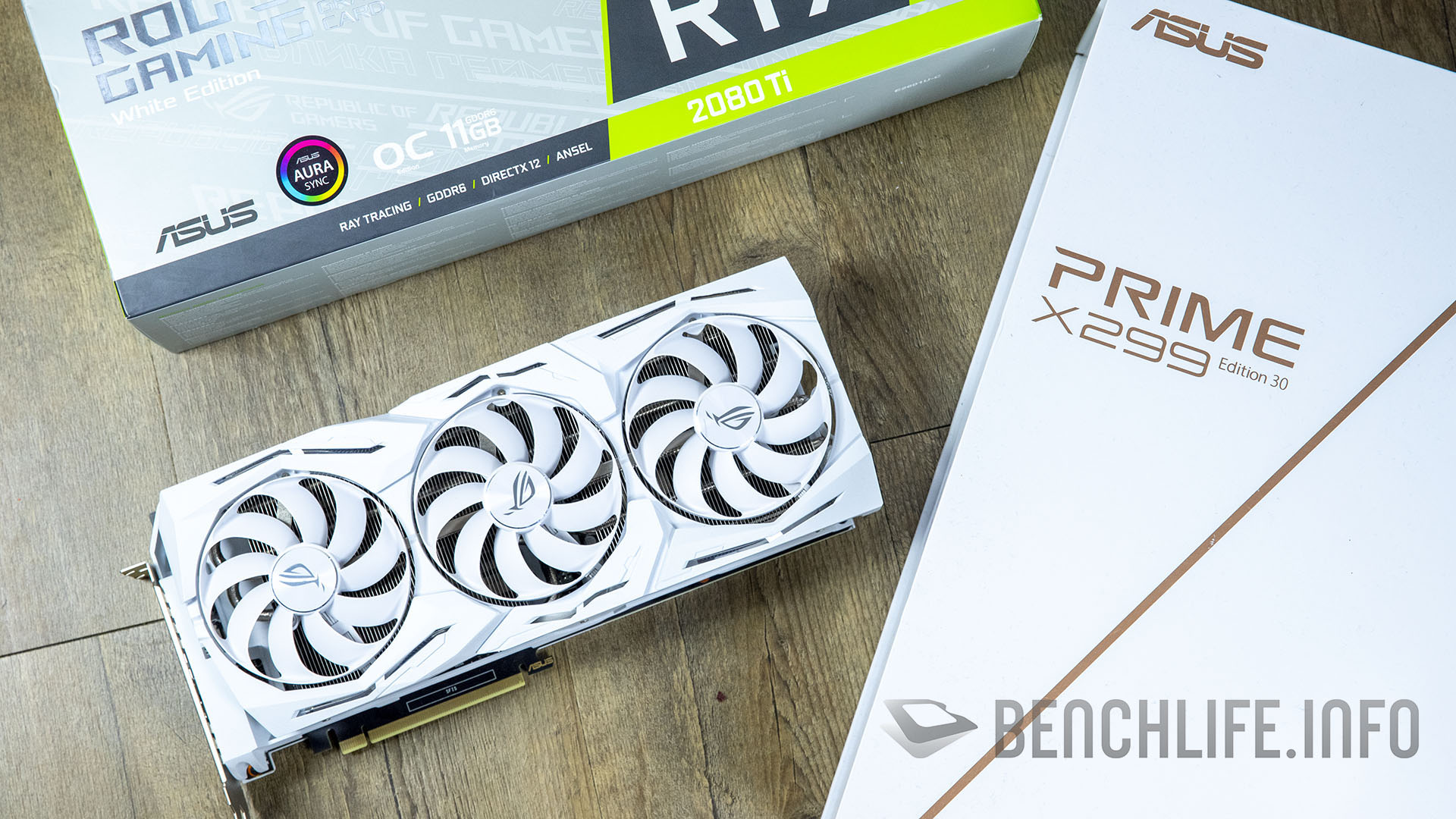



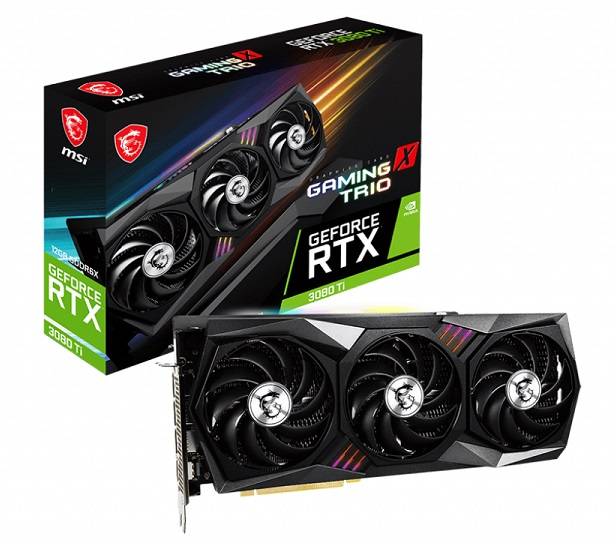






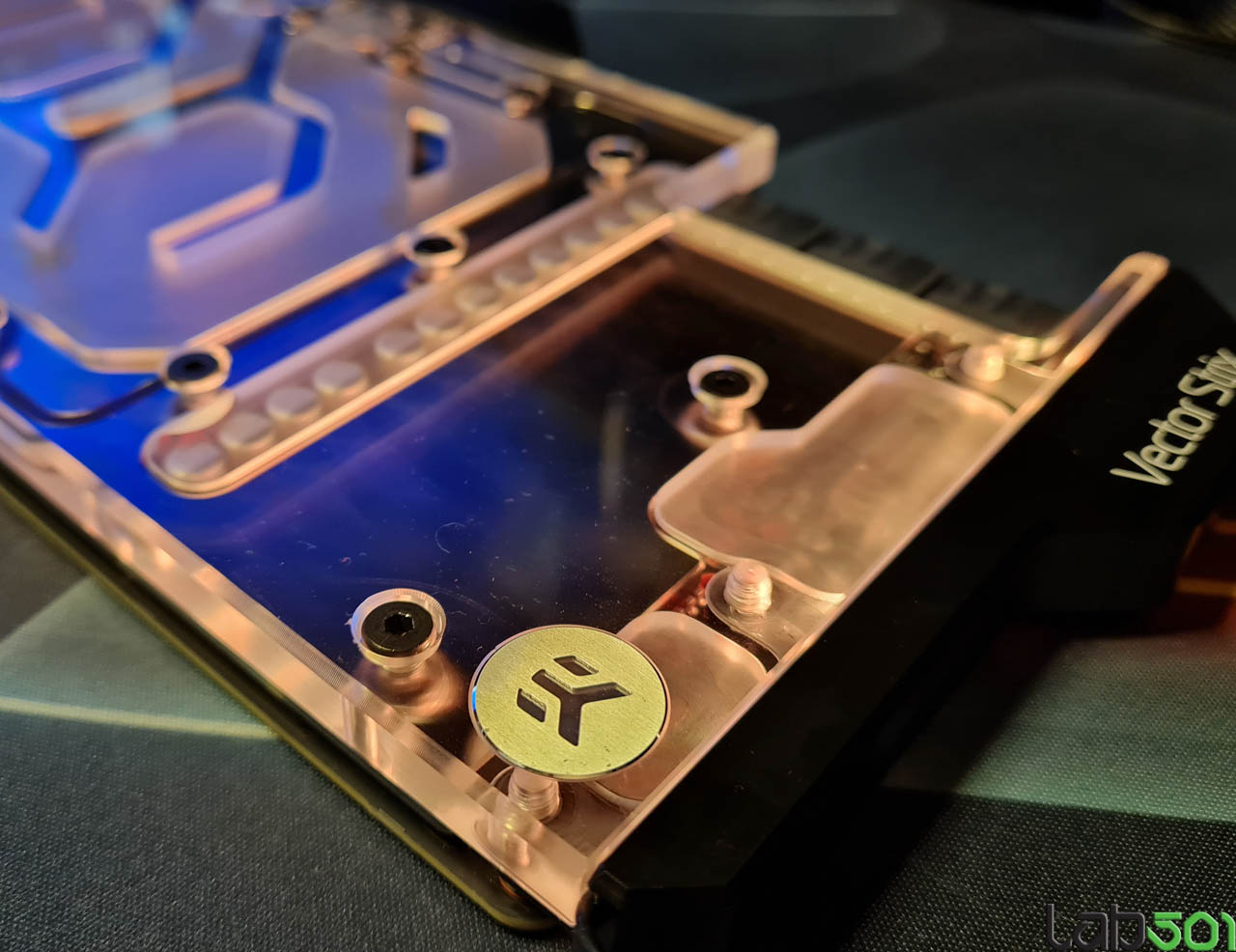






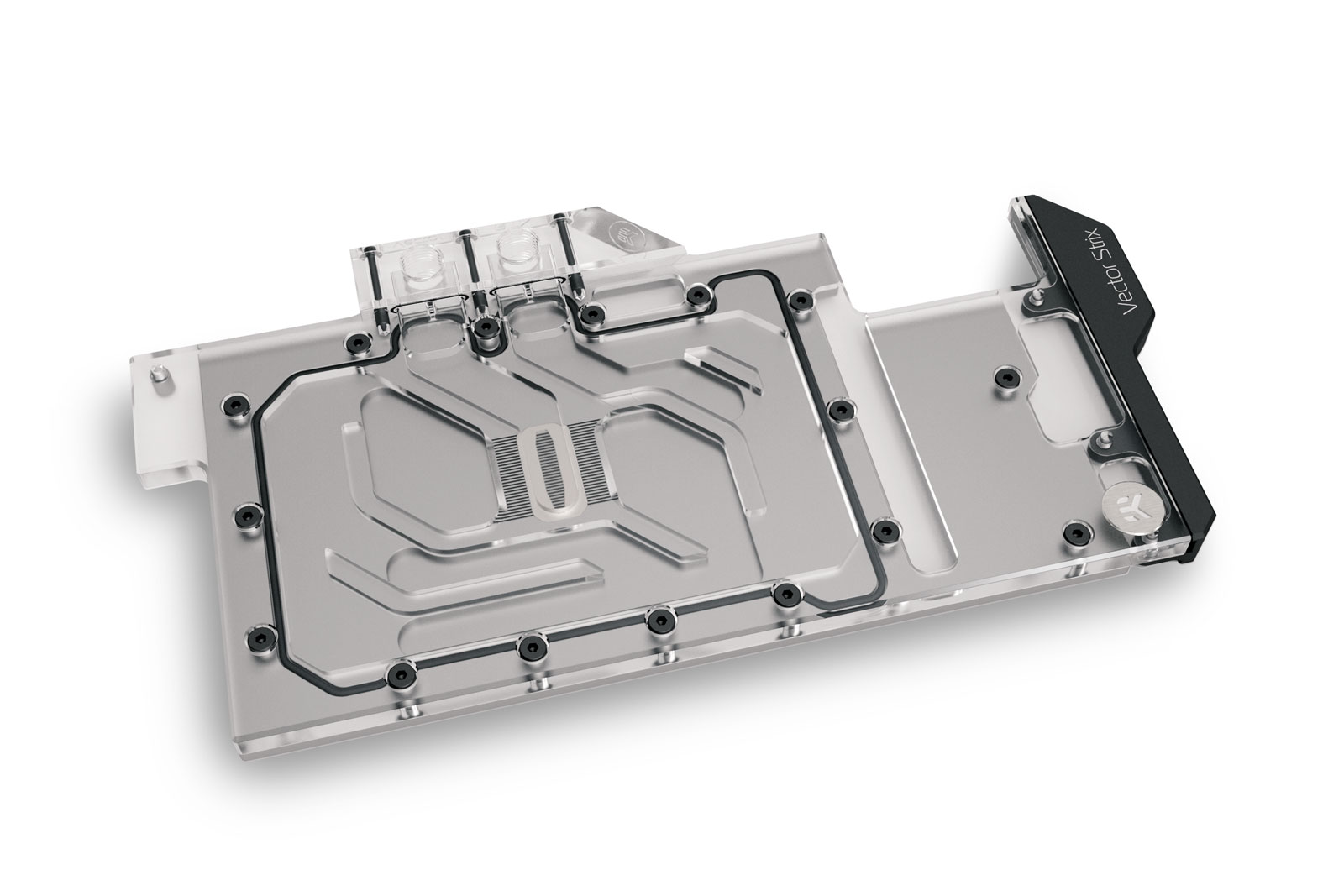

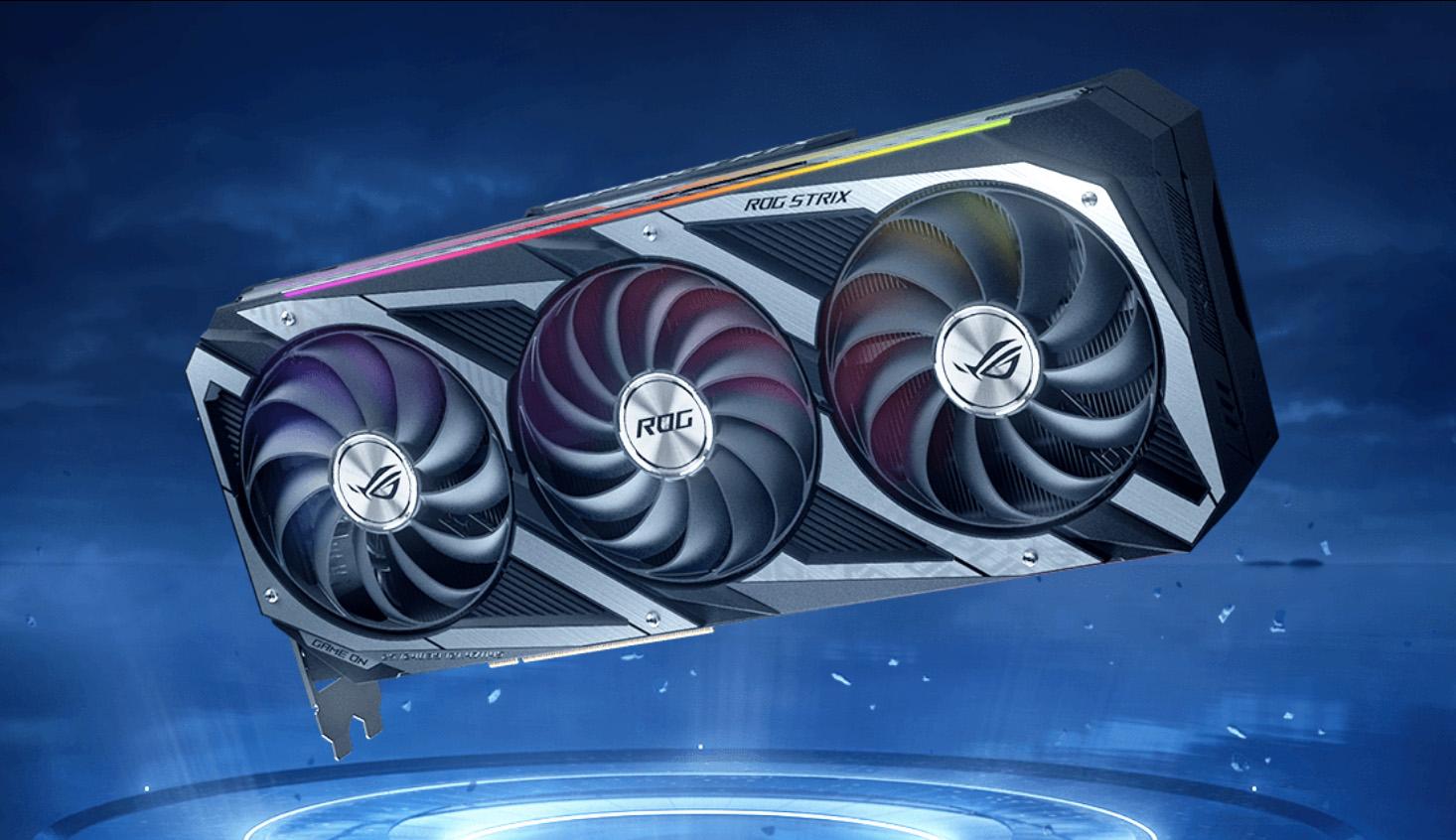






No comments:
Post a Comment
Note: Only a member of this blog may post a comment.